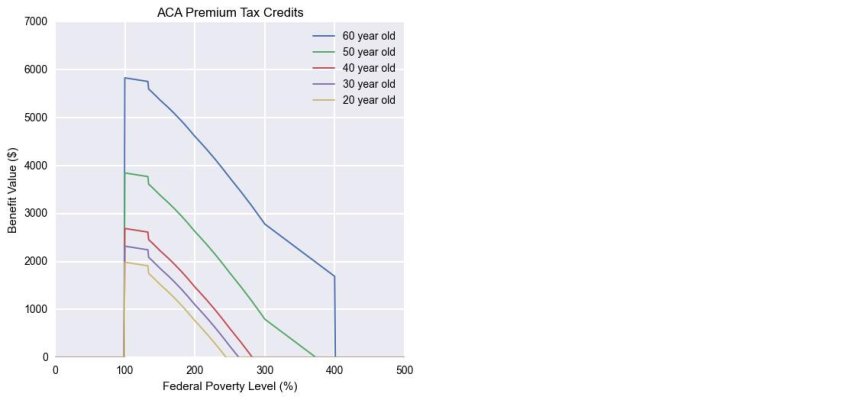Does a catastrophic plan count for Uncle Sam's minimum insurance requirements? Would the "Individual Mandate" apply?
From healthcare.gov it sounds like you must be under 30:
"Catastrophic coverage plans pay less than 60% of the total average cost of care on average. They’re available only to people who are under 30 years old or have a hardship exemption."
From healthcare.gov it sounds like you must be under 30:
"Catastrophic coverage plans pay less than 60% of the total average cost of care on average. They’re available only to people who are under 30 years old or have a hardship exemption."

